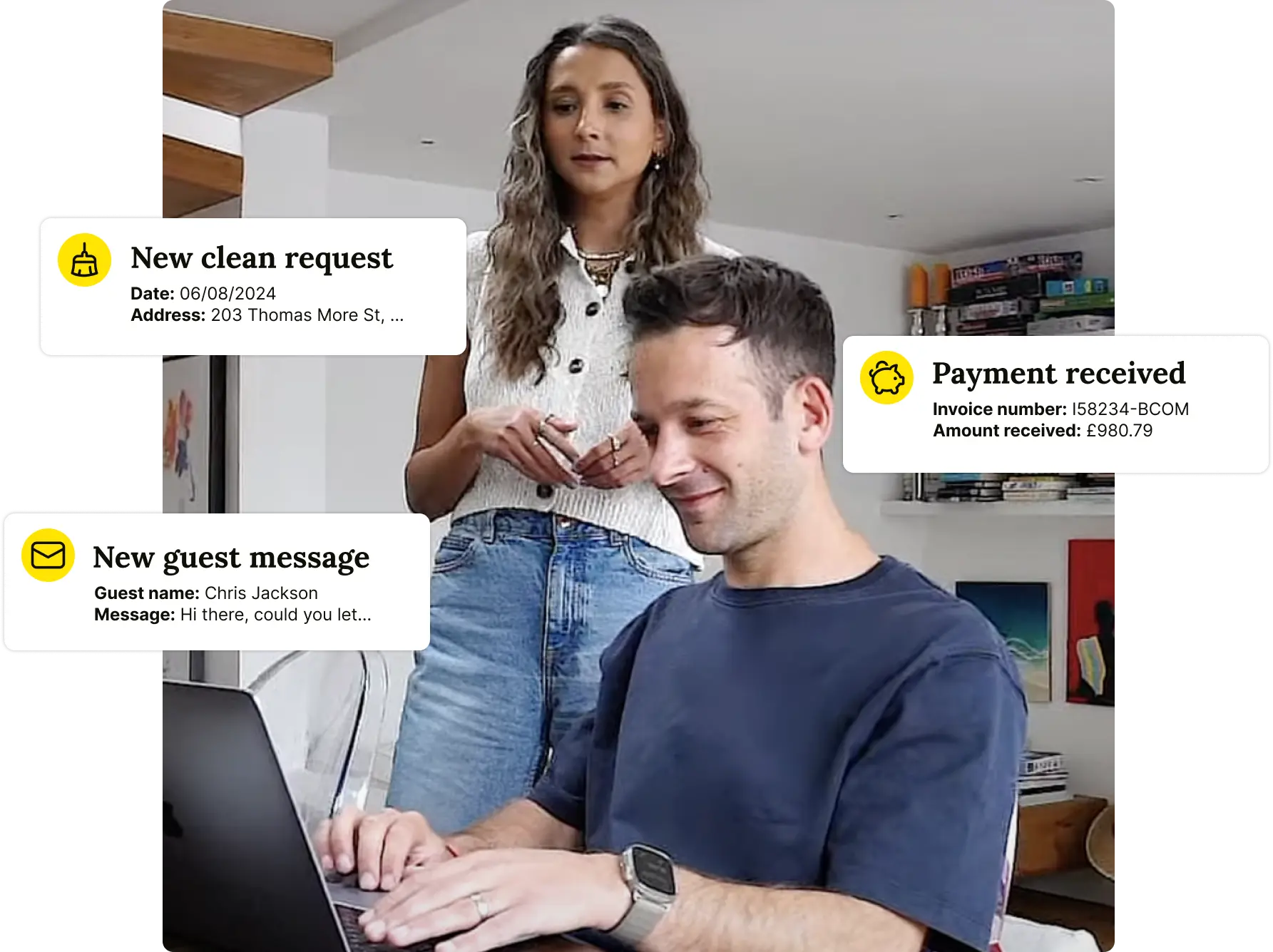Welcome to the innovative world of the rent-to-rent scheme, a strategic approach that's reshaping the landscape for professional landlords, property owners, realtors, and those eyeing the burgeoning serviced accommodation business. At its core, the rent-to-rent scheme is a clever manoeuvre allowing individuals or businesses to rent a property from a landlord, only to sublet it to others, creating a profitable margin in the process. Imagine transforming a standard three-bedroom house into a five-bedroom shared accommodation, thereby unlocking significant profit potential. This strategy not only promises more properties under your belt but also a scaled increase in revenue.
But what exactly does diving into a rent-to-rent scheme entail? Beyond the surface-level appeal, there are nuances, models, and considerations that every aspiring entrepreneur in this space should understand. From the operational dynamics to the potential pitfalls and the myriad models available, there’s a lot to unpack.
Moreover, the rise of serviced accommodation – offering short-term rental properties with hotel-like amenities – has introduced a lucrative niche within the rent-to-rent spectrum. The popularity of platforms like Airbnb has amplified demand for such accommodations, presenting a golden opportunity for savvy investors to capitalise on this trend.
As we delve deeper, we aim to address the most commonly asked questions about the rent-to-rent scheme. From exploring its benefits and drawbacks to dissecting various models and understanding its implications in the serviced accommodation market, this article seeks to provide a comprehensive overview. Join us as we navigate through the intricacies of the rent-to-rent scheme, offering insights and guidance for those ready to explore this dynamic investment strategy.
Table of Contents
What is the Rent to Rent Scheme?
The rent-to-rent scheme, often referred to as Guaranteed Rent, is a savvy investment strategy gaining traction among professional landlords, property owners, and realtors in the UK. At its essence, this approach involves an individual or company leasing a property from a landlord and subsequently renting it out to third parties. This unique arrangement allows the initial renter to essentially become a middleman, offering a guaranteed rental income to the property owner, regardless of occupancy rates or tenant rent payment consistency.
The Mechanism Behind Rent to Rent
- The Agreement: Property owners grant permission to a renter, who then assumes the role of landlord to end tenants. This intermediary renter is responsible for ensuring the rent is covered, managing the property, and dealing with any tenant-related issues.
- Guaranteed Income: One of the scheme's most appealing aspects to landlords is the promise of a steady rental income. This guarantee stands, even in scenarios where the property might otherwise sit vacant or tenants fail to pay their rent on time.
- Maintenance and Damage: The responsibility of maintaining the property and addressing any damages falls to the renter. They are obligated to return the property to the owner in the same condition it was received, safeguarding the owner’s investment.
Rent to Rent vs Traditional Rental Models
Understanding the distinction between the rent-to-rent scheme and traditional property rentals is crucial:
- Building Equity: Traditional renting allows a tenant to secure a home by paying a deposit and monthly rent but does not afford any ownership of the property. Conversely, the rent-to-rent model doesn't build equity for the renter but offers them a chance to profit by managing the property and subletting.
- Management and Profit: In rent to rent, the intermediary tenant assumes all management responsibilities and costs, aiming to profit from the difference between the rent paid to the property owner and the rent collected from end tenants.
- Lease Terms: Traditional rental agreements often span six months to a year, focusing on providing a stable home for tenants. On the other hand, rent-to-rent arrangements can be more flexible, catering to both short-term stays, like those found on Airbnb, and longer tenancies.
By embracing the rent-to-rent scheme, investors can tap into the growing demand for flexible accommodation options without the significant financial outlay typically associated with property investment. This model presents an attractive proposition for those looking to expand their portfolio in the serviced accommodation market, offering both security to property owners and entrepreneurial opportunities for renters.
Exploring the Rent to Buy Scheme: A Stepping Stone to Homeownership
The Rent to Buy scheme, often intertwined with the broader rent-to-rent strategy, offers a promising pathway for individuals looking to transition from renting to owning a home. It's a government-backed initiative aimed at making homeownership more accessible, particularly for first-time buyers who are finding it challenging to save for a deposit in today's market.
What is Rent to Buy?
Rent to Buy, also known under various names like Rent to Save or Intermediate Rent, is designed to ease the financial burden on potential homeowners by offering a newly built home at around 20% below the market rate for up to five years. This period provides tenants with the unique opportunity to save towards a deposit, with the option to either purchase the property outright or acquire a share of it through a Shared Ownership scheme at the end of their tenancy.
- Availability: It's noteworthy that the Rent to Buy scheme has different iterations depending on the region within the UK, with it being called Rent to Own in Wales. However, the scheme doesn't extend to Scotland.
How Does Rent to Buy Work?
The mechanics of the Rent to Buy scheme are straightforward yet effective in supporting tenants' homeownership aspirations:
Subsidised Rent: Tenants enjoy a shorthold tenancy at 80% of the local market rents, aimed at helping them save for a future deposit.
Path to Ownership: After the rental period, tenants have the opportunity to purchase the home on shared ownership terms or choose to move out.
Lease Periods: The duration of the lease can vary, typically ranging from six months to five years, offering flexibility to the tenants.
Purchase Options: At any point during the lease, tenants can make an offer to buy the property outright or explore part rent part buy schemes.
Various housing associations may refer to this scheme by different names, such as Try Before You Buy or Rent Save Buy, highlighting its versatility in helping renters become homeowners.
Key Features and Benefits
One of the most attractive aspects of the Rent to Buy scheme is its dual benefit of affordable renting with an option to purchase:
- Affordable Renting: By renting at below-market rates, tenants can significantly save towards a future deposit.
- Financial Incentive: Should tenants opt to buy the property they've been renting, they could benefit from receiving 50% of any increase in the property's value plus 25% of the rent they've paid back, which can be used towards purchasing the home.
However, potential participants should be mindful of the scheme's limited availability, which can vary significantly by local authority. This limitation underscores the importance of thorough research and consultation with housing associations to understand the specific terms and opportunities available in their desired area.
The Rent to Buy scheme represents a thoughtful initiative to bridge the gap between renting and homeownership, offering a practical solution for those struggling to accumulate a sufficient deposit in the current economic climate. For professional landlords, property owners, realtors, and individuals keen on the serviced accommodation business, understanding and potentially engaging with this scheme could open new avenues for investment and personal growth within the UK's property market.
Navigating the Rent to Buy Scheme: A Pathway to Homeownership
The Rent to Buy scheme stands as a beacon for potential homeowners, especially those who find the upfront costs of purchasing a home daunting. This government-backed initiative cleverly bridges the gap between renting and owning, providing a structured and supportive pathway for tenants and setting clear expectations for landlords and tenants alike.
Understanding the Scheme's Operation
Central to the Rent to Buy scheme is the opportunity for tenants to live in a newly constructed home at a rent approximately 20% lower than the market rate for up to five years. This period is designed to alleviate the financial pressure on tenants, granting them the ability to accumulate savings sufficient for a deposit. The end goal is clear: tenants have the option to transition from renting to purchasing the home, either outright or through a Shared Ownership scheme, marking a significant step towards homeownership.
Steps to Homeownership
The journey begins with tenants applying to rent a property from a registered provider, meeting specific criteria to ensure they are in a strong position to eventually buy. The tenancy agreement, typically lasting between 3 to 5 years, acts as a savings grace period, encouraging tenants to set aside funds towards purchasing their home. As this period draws to a close, tenants are faced with a decision: buy the property or move on, offering a tangible goal for their saving efforts.
Eligibility and Process
Eligibility for the Rent to Buy scheme hinges on applicants being in employment, first-time buyers, and capable of affording rent while saving for a deposit. Landlords, in turn, may vet applicants through income and credit checks to ensure they're fit for the scheme. Tenants then enter into a shorthold tenancy at reduced rent, with the expectation—not the obligation—that they will save for a deposit to later buy a share of the home.
Expectations for Success
For tenants, the scheme offers a chance to rent at an Intermediate Rent, below 80% of the local market rate, specifically targeting newly built homes. This setup not only facilitates saving but also spells out a clear transition to ownership, with tenants offered the first opportunity to buy the home after five years. While this timeline provides a framework for savings, tenants may also negotiate continued rental terms if they need more time to secure a deposit.
In sum, the Rent to Buy scheme is more than just a rental agreement; it's a comprehensive program designed to ease the financial burden of homeownership. By offering a rent reduction and a clear route to buying a home, it empowers tenants to take decisive steps towards owning a property, making it an invaluable option for those navigating the UK's property market landscape.
The Rent to Buy Scheme in London and Across the UK: A Comparative Insight
The Rent to Buy scheme represents a beacon of hope for potential homeowners across England, offering a pathway to purchase a home by initially renting at a discounted rate. Specifically tailored to assist tenants in saving for a deposit, the scheme underscores a 20% reduction from the market rent, paving the way for future homeownership. However, when zooming into the London market and comparing it with the broader UK context, notable regional variations and specific considerations emerge, reflecting the unique dynamics of each market.
Rent to Buy: London vs. The Rest of the UK
While the Rent to Buy scheme lays out a uniform strategy to ease the homeownership journey across England, London stands apart with its bespoke scheme, the London Living Rent. Aimed at supporting the city's aspiring homeowners, this variant caters explicitly to the capital's unique property landscape. Conversely, Scotland and Wales chart different paths, with Scotland not offering the scheme and Wales having closed its Rent to Own scheme to new landlords, although some properties might remain available. Northern Ireland follows suit with a distinct scheme of its own, further highlighting the regional diversifications within the UK's approach to facilitating homeownership.
London's Property Market: A Distinct Landscape
- London Living Rent: This Greater London Authority-operated scheme is tailored to the capital's residents, offering lower rents to aid in deposit savings, underlining the city's proactive stance towards mitigating housing affordability issues.
- Pandemic's Impact and Recovery: London's property market, known for its resilience, has witnessed a notable 'race for space' post-pandemic, with areas outside the central zone such as Richmond and Islington seeing significant price rises. This shift underscores a growing preference for more space and greenery, influenced by the remote working trend.
- Looking Ahead: As London gears up for 2024, indicators point towards a robust recovery phase and steady market growth. Factors such as London's global financial hub status, its appeal to foreign investors, and a persistent housing shortage suggest a continued upward trajectory for property prices and rental rates. This environment presents both challenges and opportunities for Rent to Buy scheme participants in London, contrasting with the dynamics in other UK regions.
Key Considerations for Market Participants
For those navigating the Rent to Buy scheme in London, understanding the market's nuances is crucial. The demand for space, the city's economic rebound, and the improvement in rental yields all play into the strategic considerations for potential renters and buyers. The scheme's regional variations necessitate a tailored approach for participants, whether in the bustling market of London or elsewhere in the UK, each with its unique set of opportunities and hurdles.
In conclusion, the Rent to Buy scheme, with its regional adaptations, offers a strategic avenue for aspiring homeowners across the UK, with London presenting a unique landscape shaped by recent shifts in buyer preferences and market dynamics. For professional landlords, property owners, and realtors, staying abreast of these variations and leveraging the scheme's benefits could unlock significant opportunities in the serviced accommodation business and beyond.
Government Involvement in the Property Ladder: The Help to Rent and Rent to Buy Schemes
The UK government has introduced several schemes aimed at making homeownership more accessible for first-time buyers and those struggling to save for a deposit. Among these, the Rent to Buy scheme, also known as Rent to Save or Intermediate Rent, and the Help to Buy (HTB) scheme stand out as pivotal initiatives. These schemes not only aim to bridge the gap between renting and buying but also offer a support system for tenants and buyers navigating the often complex property market.
Rent to Buy Scheme: A Closer Look
The Rent to Buy scheme is designed to assist tenants in England by providing an opportunity to rent a home at about 20% below the market rate. This arrangement allows potential homeowners to save towards a deposit while living in a newly built home. Here's how it benefits participants:
- Subsidised Rent: Offers a tangible pathway to save for a deposit, making the dream of homeownership more attainable.
- Government Guarantee: Backs lenders to provide mortgages covering 95% of the property price, under standard affordability checks, easing the mortgage acquisition process.
- No Lenders Mortgage Insurance (LMI): Eliminates the LMI for deposits less than 20% of the purchase price, reducing initial costs.
However, the scheme comes with its set of limitations:
- Strict Eligibility: The stringent criteria may limit qualification chances.
- Limited Availability: A restricted number of homes could narrow down options.
- New Build Homes Only: Restricts choice to newly constructed properties, which might have snagging issues.
Help to Buy (HTB) Scheme: Enhancing Accessibility
The HTB scheme, on the other hand, is an incentive that supports first-time buyers with their deposit for purchasing or self-building a new home. It's particularly noted for:
- Deposit Assistance: Helping first-time buyers with the financial burden of securing a deposit.
- Interest and Fee-Free Government Loans: For a specified period, enhancing affordability.
- Broader Property Access: Unlike Rent to Buy, HTB is not limited to new builds, offering a wider choice of properties.
Accessing These Schemes
Interested individuals can apply directly or through local Help to Buy agents in England, subject to meeting the eligibility criteria and property availability. The initial tenancy agreement under Rent to Buy is usually up to two years, providing a grace period for savings accumulation.
While these government-backed schemes provide a lifeline for many aspiring homeowners, it's crucial for potential participants to thoroughly understand the benefits and limitations, ensuring they align with their homeownership goals. For professional landlords, property owners, realtors, and those in the serviced accommodation business, these schemes represent significant developments in the property market landscape, offering new opportunities for investment and support to tenants on their journey to homeownership.
Leveraging the Rent to Buy Scheme for Private Landlords
The Rent to Buy scheme offers a compelling opportunity for private landlords in the UK, enabling them to support the transition from renting to homeownership while securing consistent rental income and potential future sales. This government-backed initiative allows tenants to rent newly built homes at approximately 20% below the market rate for up to five years, with the option to purchase the property or a share of it thereafter. For landlords, this scheme not only ensures a steady stream of income during the rental period but also opens up the possibility of selling the property to a tenant who is already familiar with and invested in the home.
For private landlords to successfully implement and benefit from the Rent to Buy scheme, several key considerations and best practices need to be adhered to. Firstly, compliance with legal obligations is paramount. Landlords must ensure their properties meet all health and safety regulations, tenant deposits are protected in government-approved schemes, and necessary documentation such as gas and electrical safety certificates are provided. Additionally, the scheme offers landlords training, guidance, and support to improve their services and effectively handle complaints, enhancing the overall quality of their offerings.
Moreover, private landlords should adopt a professional approach to managing their properties, recognising the importance of marketing their rental properties effectively, finding and retaining good tenants, and planning for the long term. It is also crucial for landlords to conduct 'right to rent' checks in a manner that avoids unlawful discrimination, ensuring compliance with the Equality Act 2010. By staying informed about key legislation across the UK and viewing property letting as a business, landlords can avoid hefty fines and provide their tenants with the best possible service.
In essence, the Rent to Buy scheme represents a strategic opportunity for private landlords to enhance their property portfolio while contributing positively to the housing market. By ensuring regulatory compliance, engaging with support and training provided by the scheme, and adopting a professional and fair approach to property management, landlords can maximise the benefits of the Rent to Buy scheme. This not only supports their business objectives but also plays a part in making homeownership more accessible for tenants, fostering a mutually beneficial relationship between landlords and tenants in the pursuit of long-term housing solutions.
The Rent to Mortgage Scheme: A Pathway from Tenancy to Homeownership
The Rent to Mortgage scheme embodies a crucial part of the government's broader initiative to assist households facing financial difficulties, particularly those at risk of losing their homes. This innovative scheme provides a lifeline by transitioning individuals from homeownership to tenancy under more manageable conditions, effectively preventing repossession through financial relief. Additionally, it complements the Rent to Buy scheme by offering a structured route for tenants to evolve into homeowners, navigating the financial complexities associated with acquiring property.
Understanding the Rent to Mortgage Scheme
At its core, the Rent to Mortgage (or Mortgage to Rent) scheme is designed to aid homeowners struggling with mortgage arrears by allowing them to convert their ownership into a tenancy. This transition is facilitated through government intervention, where the property is essentially purchased and rented back to the original owner, now as a tenant, under social housing terms. This scheme not only prevents the loss of homes but also ensures housing stability for vulnerable families.
Advantages of Transitioning
The journey from tenant to homeowner is fraught with financial hurdles, yet schemes like Rent to Buy offer a viable pathway by providing:
Discounted Rent: Tenants enjoy reduced rent rates on selected properties, enabling savings that contribute towards a future deposit.
Savings Opportunity: The lower rent facilitates easier deposit accumulation, with additional financial planning resources like Lifetime ISAs enhancing saving potential.
Accessibility to Properties: These schemes often open doors to properties that might otherwise be out of financial reach, broadening the horizon for potential homeowners.
Encountering Challenges
Despite its benefits, transitioning through these schemes presents its own set of challenges:
Strict Eligibility: The stringent criteria set for these schemes might limit accessibility for many aspiring participants.
Limited Property Availability: A constrained number of properties within these schemes narrow down living options and geographical preferences.
New Build Restrictions: The focus on newly built homes may introduce complications such as snagging issues, alongside limiting choices to newly constructed properties only.
Moreover, while council home tenants have the opportunity to purchase their homes at significant discounts, this advantage is notably diminished for individuals in housing association properties, illustrating the varying degrees of generosity within these schemes.
In essence, the Rent to Mortgage and related schemes represent essential mechanisms within the UK's strategy to make homeownership more achievable. For professional landlords, property owners, realtors, and individuals keen on the serviced accommodation business, understanding these schemes is crucial. They not only offer insights into government efforts to support vulnerable households but also highlight potential avenues for investment and involvement in the property market, providing both challenges and opportunities for those navigating the journey from renting to owning a home.
The Rent to Own Scheme: Paving the Way for Aspiring Homeowners
The Rent to Own scheme presents an innovative approach for individuals aspiring to transition from tenants to homeowners, offering a non-traditional route within the broader spectrum of property investment strategies. This government-backed initiative is designed to alleviate the financial barriers to homeownership by providing an opportunity to rent a property at a subsidised rate, with the future prospect of purchasing the home. It's a scheme that particularly resonates with those looking for a structured path to owning their first home.
Structure and Operation of Rent to Own
Rent to Own, also referred to as Rent to Save or Intermediate Rent in different regions, operates on a simple yet effective premise:
- Tenants have the chance to rent a newly constructed home at about 20% below the standard market rate, offering considerable savings over a period of up to five years.
- During this tenure, tenants are granted the option to purchase the property outright or acquire a share of it through a Shared Ownership scheme, providing a flexible approach to homeownership.
- In Wales, the scheme adopts a slightly different model, allowing tenants to benefit from rent payments contributing towards a future deposit, enhanced by a portion of the property's appreciation in value.
This structure offers a clear advantage for those struggling to accumulate a substantial deposit through traditional means, bridging the gap between renting and ownership.
Synergy with the Rent-to-Rent Strategy
While distinct from the rent-to-rent strategy, where a property is sub-let to multiple tenants to maximise rental income, Rent-to-On integrates seamlessly by offering potential homeowners a clear exit strategy from the rental market. This scheme doesn't just facilitate a route to homeownership; it provides a safety net for tenants to save and invest in their future home, all while living in the property and contributing towards its eventual purchase.
Advantages for Tenants
The Rent to Own scheme harbours numerous benefits for tenants, including:
- Affordability: The reduced rent rates enable tenants to save more efficiently for a deposit, easing the financial strain associated with the initial stages of purchasing a home.
- Investment in Future: Tenants not only enjoy the benefits of living in a newly built home but also stand to gain from the property's appreciation in value, with a portion of this increase contributing towards their deposit.
- Access to Desirable Properties: The scheme opens doors to properties and locations that might otherwise be out of reach, offering a tangible pathway to homeownership for many.
In essence, the Rent to Own scheme offers a unique and structured opportunity for individuals and families to embark on the journey to homeownership. By providing subsidised rent and a potential deposit through saved rent and property appreciation, the scheme stands as a beacon for those navigating the complexities of the property market. For professional landlords, property owners, and realtors, understanding and potentially engaging with this scheme could unlock new opportunities in the serviced accommodation business, fostering a community of future homeowners.
Frequently Asked Questions
The Rent to Buy scheme, a government initiative aimed at facilitating the transition from renting to homeownership, often raises several questions among potential participants. With its unique structure and benefits, it's crucial to dispel misconceptions and navigate the pitfalls that might deter prospective tenants and buyers. Here, we address some of the most frequently asked questions and challenges associated with the scheme, providing clarity and guidance for professional landlords, property owners, realtors, and those interested in the serviced accommodation business.
What is Rent to Buy?
It's a scheme designed to make homeownership more accessible by offering newly built homes for rent at approximately 20% below the market rate, with an option to purchase the home after a specified period.
How does it operate?
Eligible tenants are offered homes on a shorthold tenancy basis at reduced rents, enabling savings for a future deposit towards purchasing the home.
Lease Duration: The lease can vary from six months up to five years, offering flexibility based on the property and tenant circumstances.
Property Management: These properties are typically managed by housing associations, which may refer to the scheme under various names such as Try Before You Buy or Rent Save Buy.
Obligation to Purchase: While the scheme offers an option to buy, tenants are under no obligation to purchase the property at the end of the tenancy period.
Associated Costs: While subsidised, there may be additional costs depending on the agreement's specific terms, so it's crucial to review these details carefully.
Misconceptions and Pitfalls
Eligibility Concerns: The scheme's strict eligibility criteria mean not everyone may qualify, potentially limiting accessibility for some interested parties.
Limited Availability: With a finite number of Rent to Buy homes, choice in property type and location can be constrained, emphasising the need for early and proactive engagement with the scheme.
New Build Focus: The scheme applies only to newly built homes, which may carry their own set of challenges, including potential snagging issues.
Market Price Risks: There's a risk that house prices could escalate beyond affordability during the rental period, particularly with longer tenancies.
Sale Restrictions: Some agreements might limit selling options, requiring the property to be sold to a candidate on the housing association’s list at market rate.
Navigating Common Challenges
Thorough Review: Before committing, thoroughly review the terms offered by housing associations to ensure they align with your homeownership goals.
Availability Awareness: Keep in mind the limited availability and regional variations of the scheme, which could affect access to properties.
Financial Planning: Consider the potential for not purchasing the property and the implications for any deposits made, alongside the challenge of budgeting for potentially higher rent compared to market values.
Understanding the nuances of the Rent to Buy scheme is crucial for those considering this pathway to homeownership. By addressing common questions and highlighting potential challenges, prospective tenants can make informed decisions, leveraging the scheme's benefits while being prepared for its limitations. For industry professionals, offering clear, accurate information about the Rent to Buy scheme can aid in guiding clients through their property journey, from initial interest to potential purchase.
Final Thoughts: Simplifying Homeownership with Rent-to-Rent and Rent-to-Buy Schemes
The exploration of Rent to Rent and Rent to Buy schemes has highlighted their role in facilitating access to the UK property market for tenants, landlords, and real estate professionals. Rent to Buy opens doors to homeownership by offering properties at reduced rents, making saving for a deposit more achievable. Meanwhile, Rent to Rent allows investors to optimise rental income through strategic subletting, showcasing an innovative approach to property management.
Key takeaways include:
- Rent to Buy provides a pathway to homeownership with financial ease.
- Rent to Rent offers a method for maximising property potential and income.
- Each scheme has specific benefits and limitations, tailored to different market needs.
These schemes reflect the government's efforts to make homeownership more attainable and invigorate the property investment landscape. While they present unique opportunities, their success depends on individual circumstances and market dynamics.
In short, Rent to Rent and Rent to Buy schemes stand as valuable components of the UK's housing strategy, offering practical solutions to the challenges of entering the property market. For those navigating this complex landscape, engaging with these schemes could unlock significant opportunities, contributing to a diverse and accessible housing market.
🚀 Build a Thriving Airbnb Business with Houst
Monetize short-term rentals without owning property. Our Airbnb Business Partnership Program helps you start, scale, and automate a profitable Airbnb business with smart pricing, automation, and expert support.
💡 No Property Needed
📈 Expert Growth Strategies
🤖 Automated Hosting Tools

⭐ Rated 4.8/5 by 2,500+ Hosts
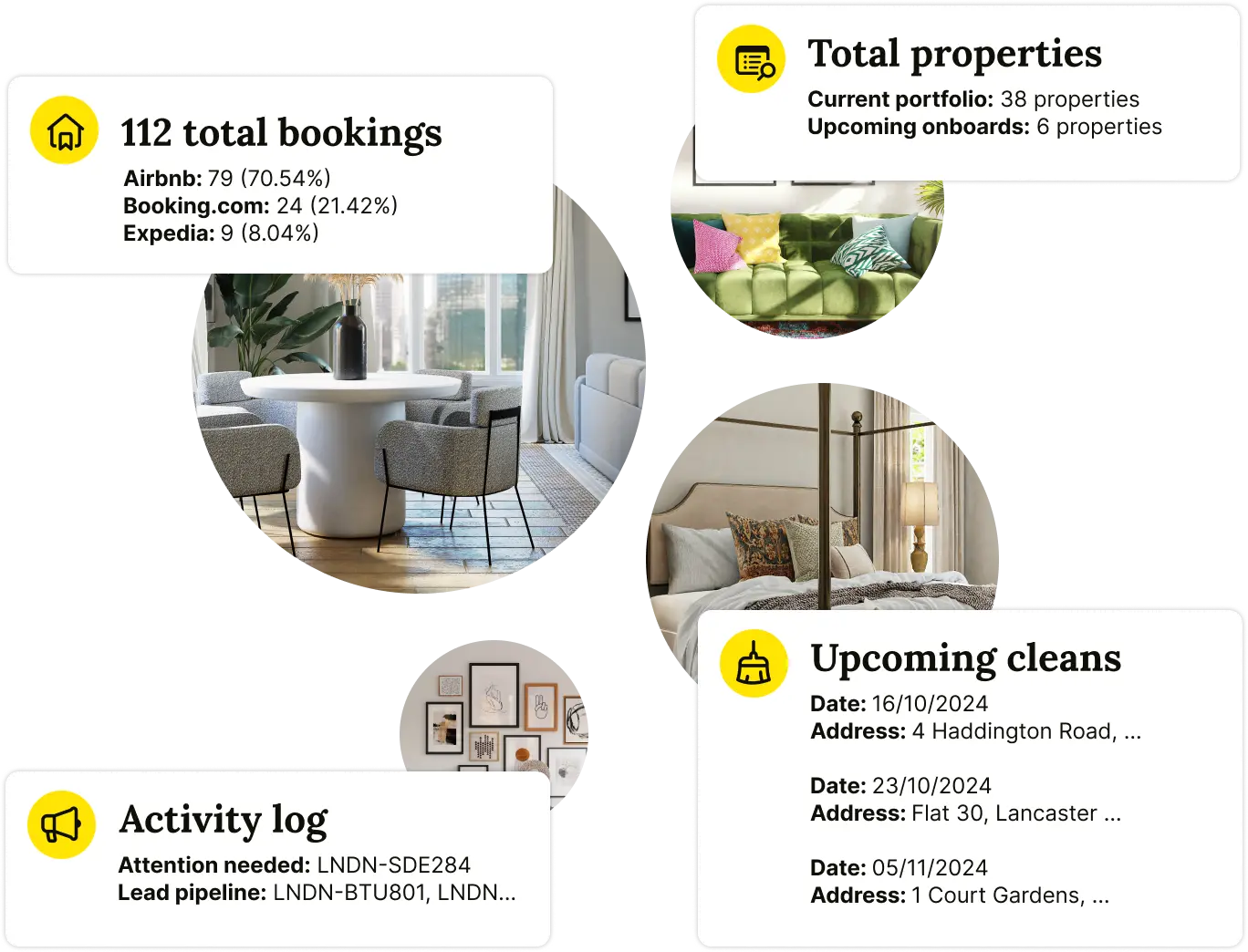
🧼 Airbnb Cleaning & Turnovers, Done Right

⭐ Rated 4.8/5 by 2,500+ Hosts
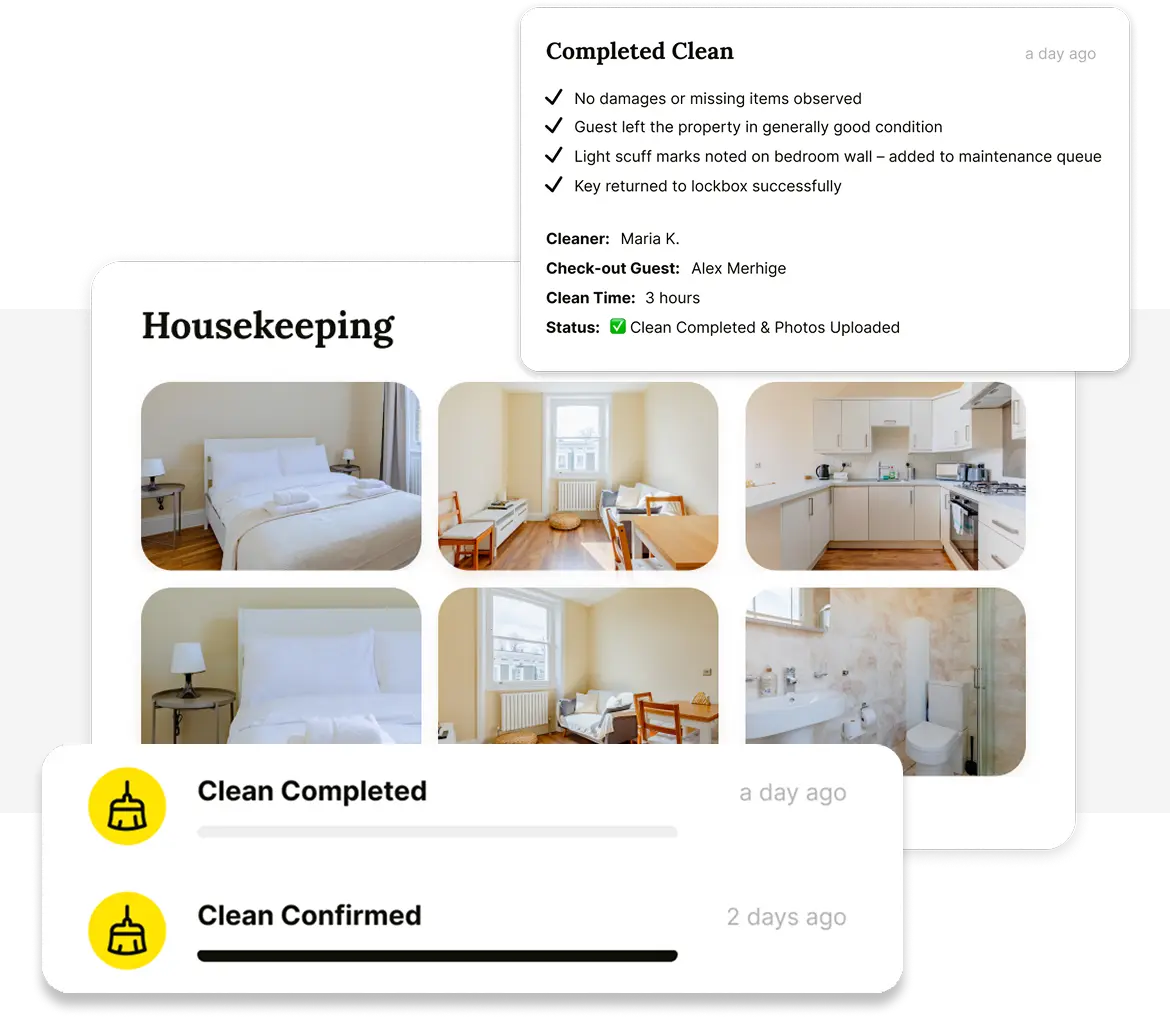
🚀 Build & Grow Your Airbnb Business with Houst
Turn your expertise into a profitable Airbnb business — without owning property.
Join Houst’s Airbnb Business Partnership Program to start, manage, and scale with ease. Get expert support, automation tools, and smart pricing strategies to maximize earnings and grow faster.

⭐ Rated 4.8/5 by 2,500+ Hosts
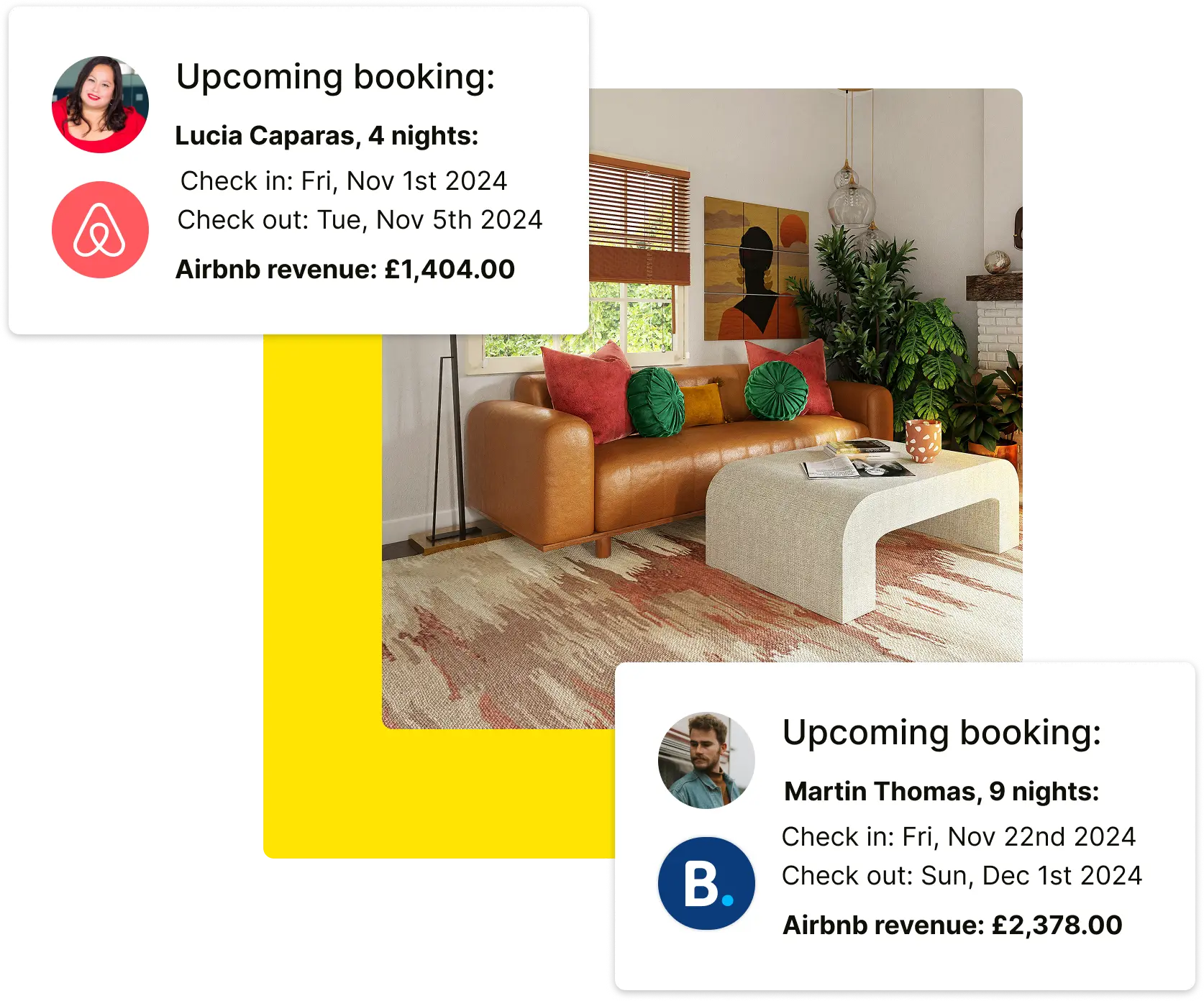

⭐ Rated 4.8/5 by 2,500+ Hosts
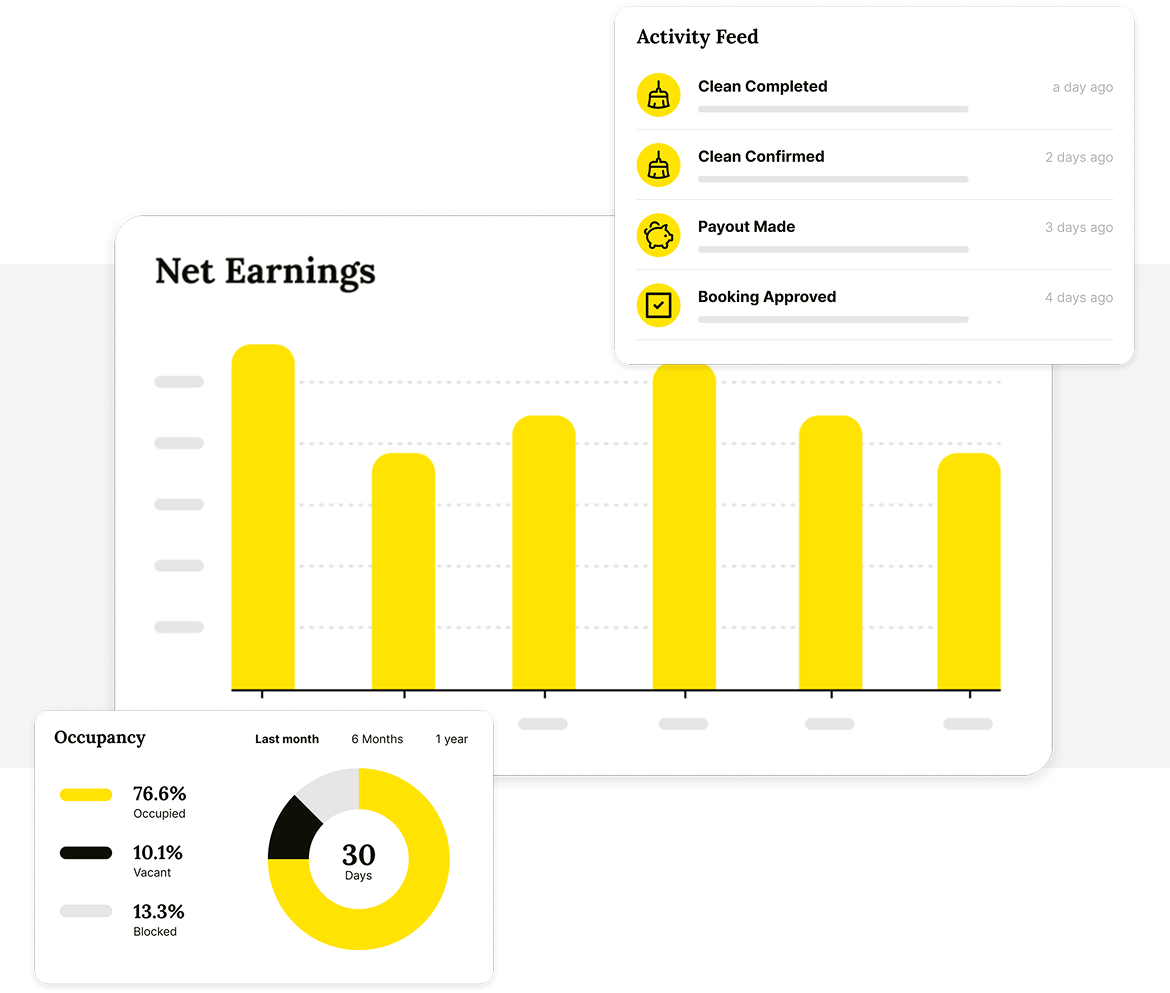
.webp)
🚀 Start & Scale Your Airbnb Business with Houst
Join Houst’s Airbnb Business Partnership Program to start, manage, and grow your short-term rental business. With expert marketing, automation tools, and dynamic pricing strategies, we help you maximise earnings and scale faster.

⭐ Rated 4.8/5 by 2,500+ Hosts
